"While traveling, an endless series of natural pictures, types, colors, sounds, and our spirit would like to encompass everything and keep everything portrayed in the soul forever.
he wrote it Federico Garcia Lorca and now La Línea del Horizonte recovers these words in Impressions and landscapes. This is the first published work by the Granadan, a book "very little known, except perhaps for specialists in Lorca", explains Daniel Marías, an expert in travel literature who, before the centenary of the work, thought that recovering it could be a nice tribute to the writer.
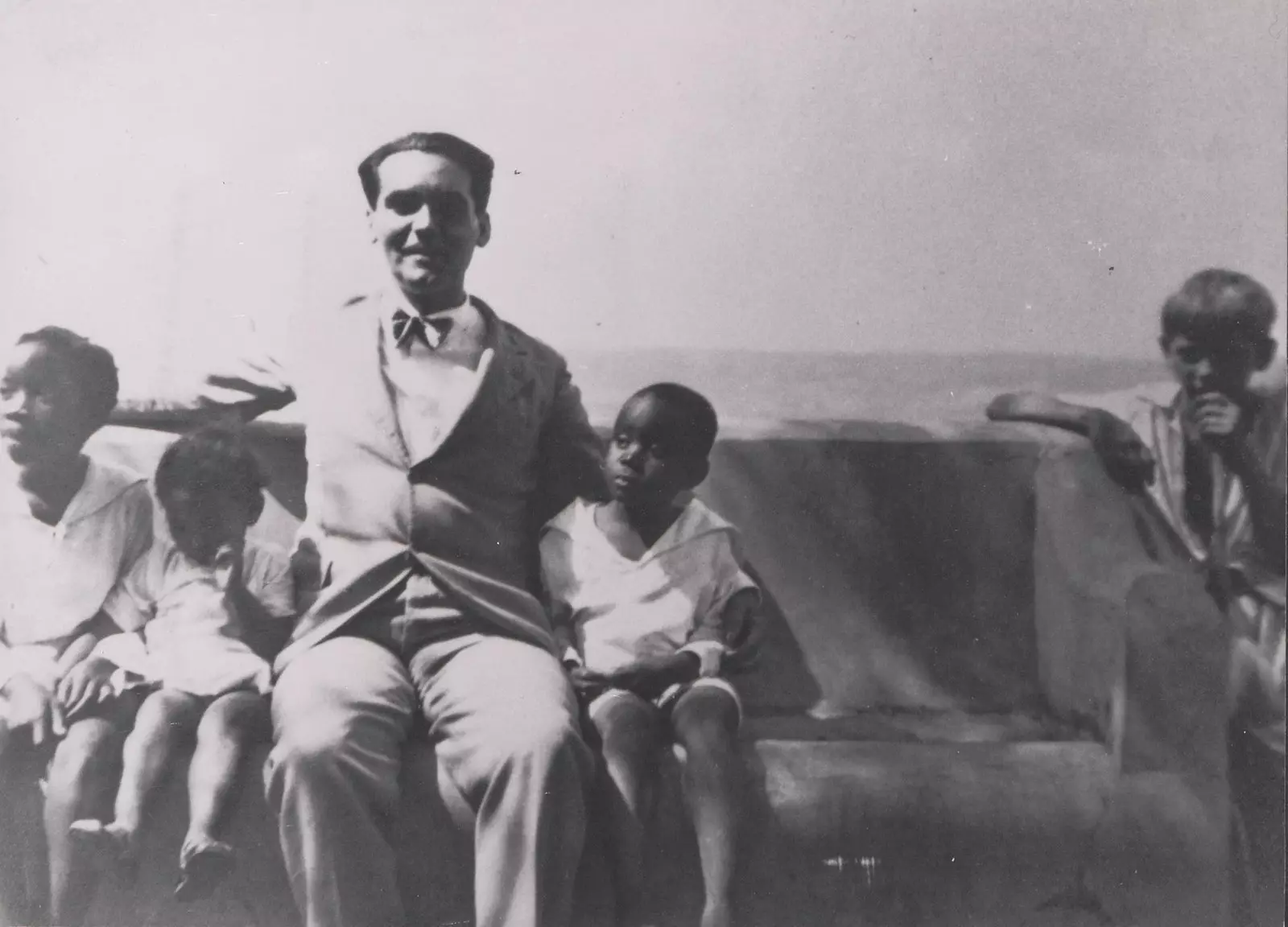
Federico García Lorca with some children in Cuba, in 1930, where he wrote the play El Público.
He got down to it together with the editor Pilar Rubio and her colleague and friend José Manuel Querol, who tells us: “Daniel and I have, in a certain way, complementary visions, he as a geographer, and I as a philologist”.
For Querol, this early text by the poet is, however, "completely Lorca's" in terms of style and influences.
It is the fruit of several trips made during his university days, in the company of other students and guided by a professor who left a great mark on him: Martín Domínguez Berrueta, who taught Theory of Literature and the Arts at the University of Granada and who followed the postulates of the Institución Libre de Enseñanza.
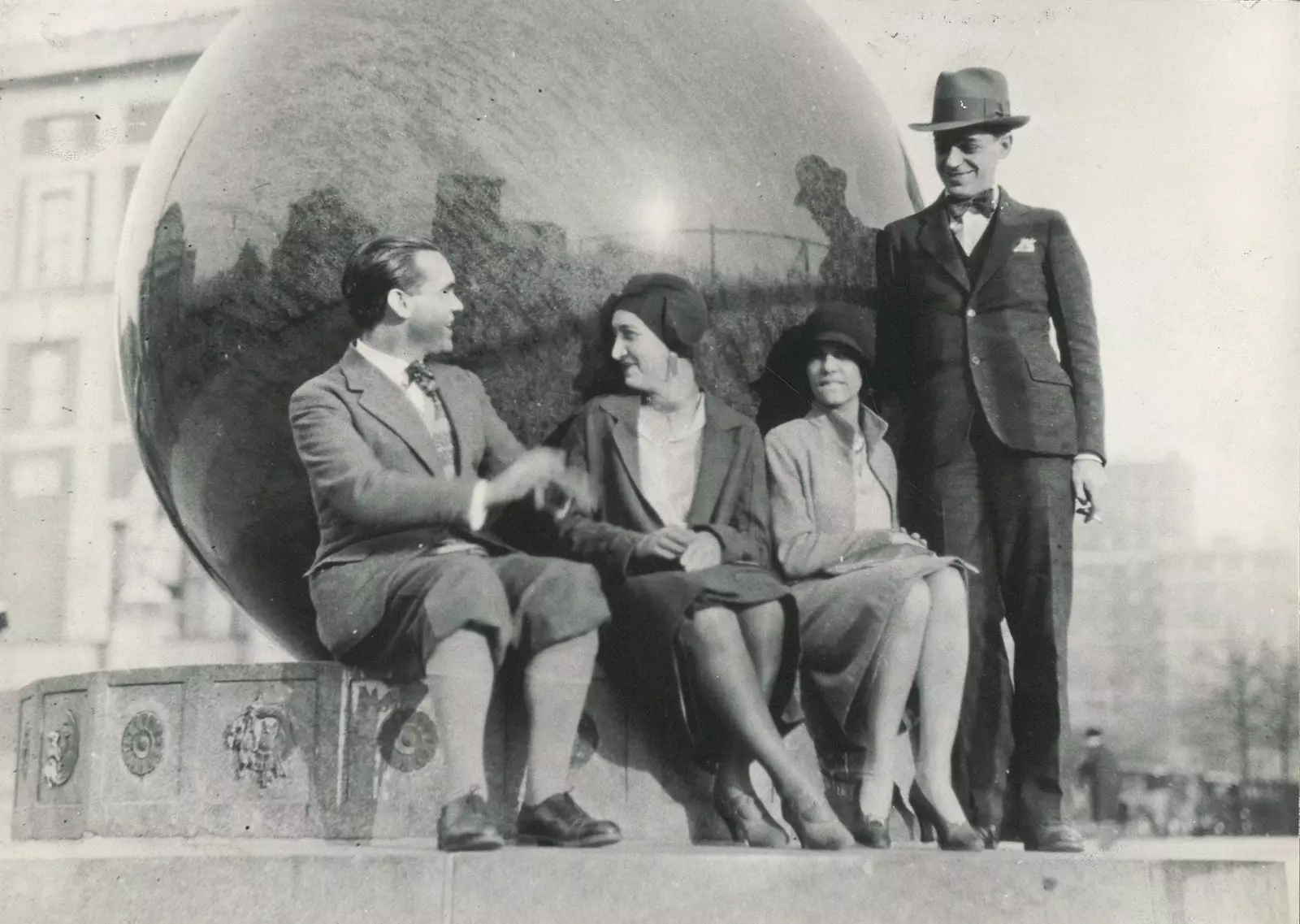
Looking at María Antonieta Rivas Blair, with two friends, at Columbia University, in 1929.
“Domínguez Berrueta had good contacts and thanks to that they visited places that were very difficult to access and were received by characters like Antonio Machado”, Querol remembers.
“However, there is not a trace of all those places in his work; moreover, almost all the best known are absent from it. It can be said that Lorca wanted to be original in this sense, something that is to be desired in a new author”.
His beautiful prose travels through Ávila, Burgos, Granada... “with a synthesis between traveling impressions, anthropology and literature in its purest form. Lorca's spirit was, in a certain way, total, that is, not parceled out but experiential in the absolute sense.
And keeping in mind that whoever is doing the description is a human being of extreme sensitivity and great intelligence, with impressive literary description skills and an overwhelming enthusiasm of his own, not only from youth and from the first discovery of places, but from his personality, ”continues Querol.
The expert suggests that Frederick intended to find what the romantics called the volkgeist, the "spirit of the people," through the descriptions of him.
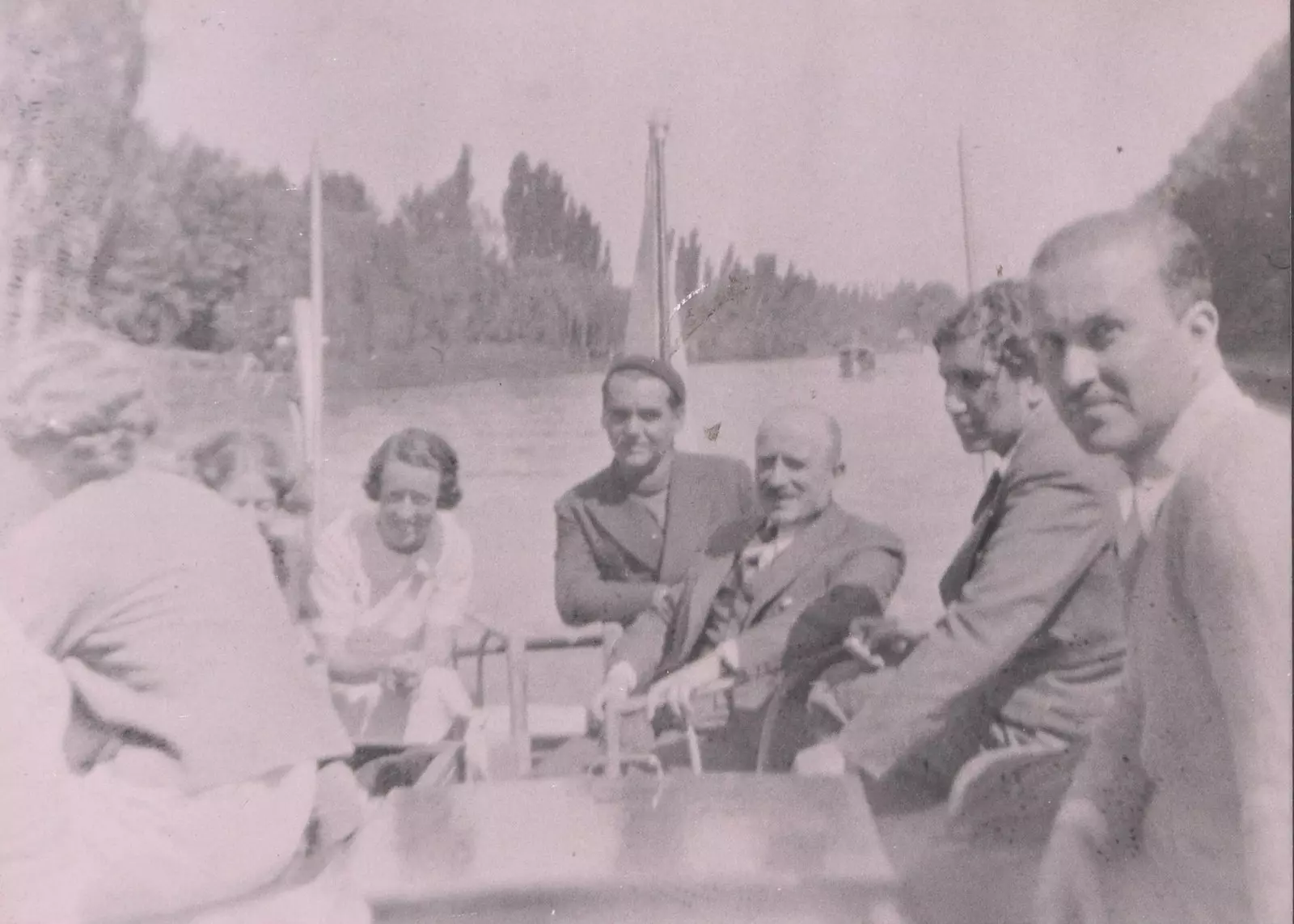
In the Río de la Plata, in 1933. From the right, in the foreground, Córdova Iturburu, Ricardo E. Molinari, Gregorio Martínez Sierra, Federico García Lorca, the rest unidentified.
“The physical space, the history, the human landscape, the stones built by men and the description of customs, from the point of view of emotion, they give rise to that need that Spain has always had to wonder about its essence, its diversity and its unity.
Not as vague political nationalism, which I believe Lorca was not too interested in, but as a need to understand belonging to the landscape, to provide oneself with productive emotion. The text is essentially literary, but, more than that, it is a human text, like all good literature”.
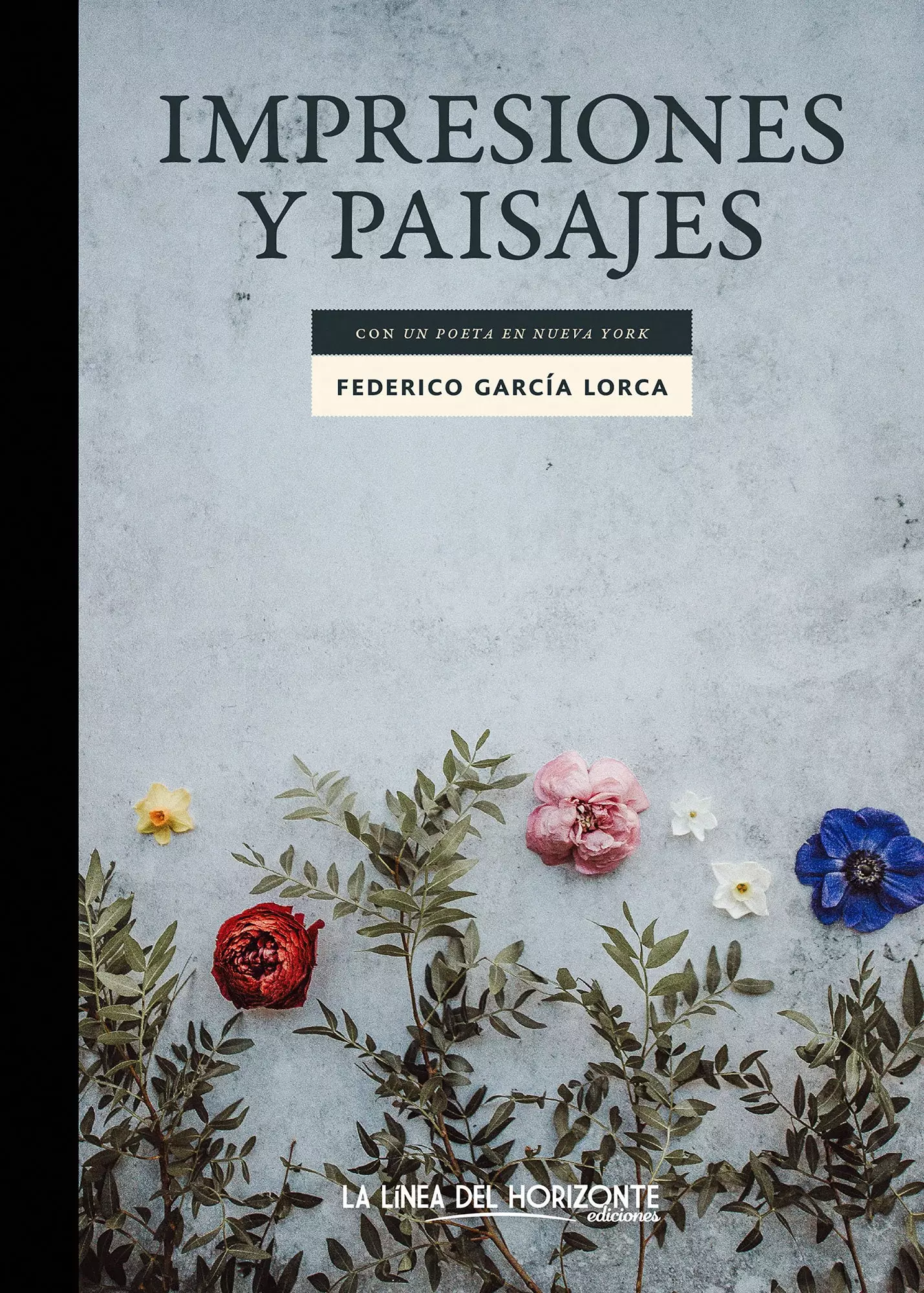
Cover of Impressions and Landscapes, the first book published by Lorca.
For Marías, the mastery of the famous author's language and his highly poetic nature make this book essential.
“Lorca was very sensitive and focused on issues that would have gone unnoticed by others. Perhaps some will consider it too corny, baroque or superficial. His extraordinary sensitivity made him enjoy a lot, but also suffer a lot. The trip exacerbates the senses, and also the experiences, and he was no stranger to this.
The fact is that, despite his inexperience and the prevailing conservatism at the time, he had no qualms about making critical or derogatory comments, often related to issues related to the Catholic religion, or to include risqué descriptions. This reflects either bravery or foolishness.”
Curiously, one of these negative comments that he made in writing was the reason why his teacher, Domínguez Berrueta, distanced himself from him.
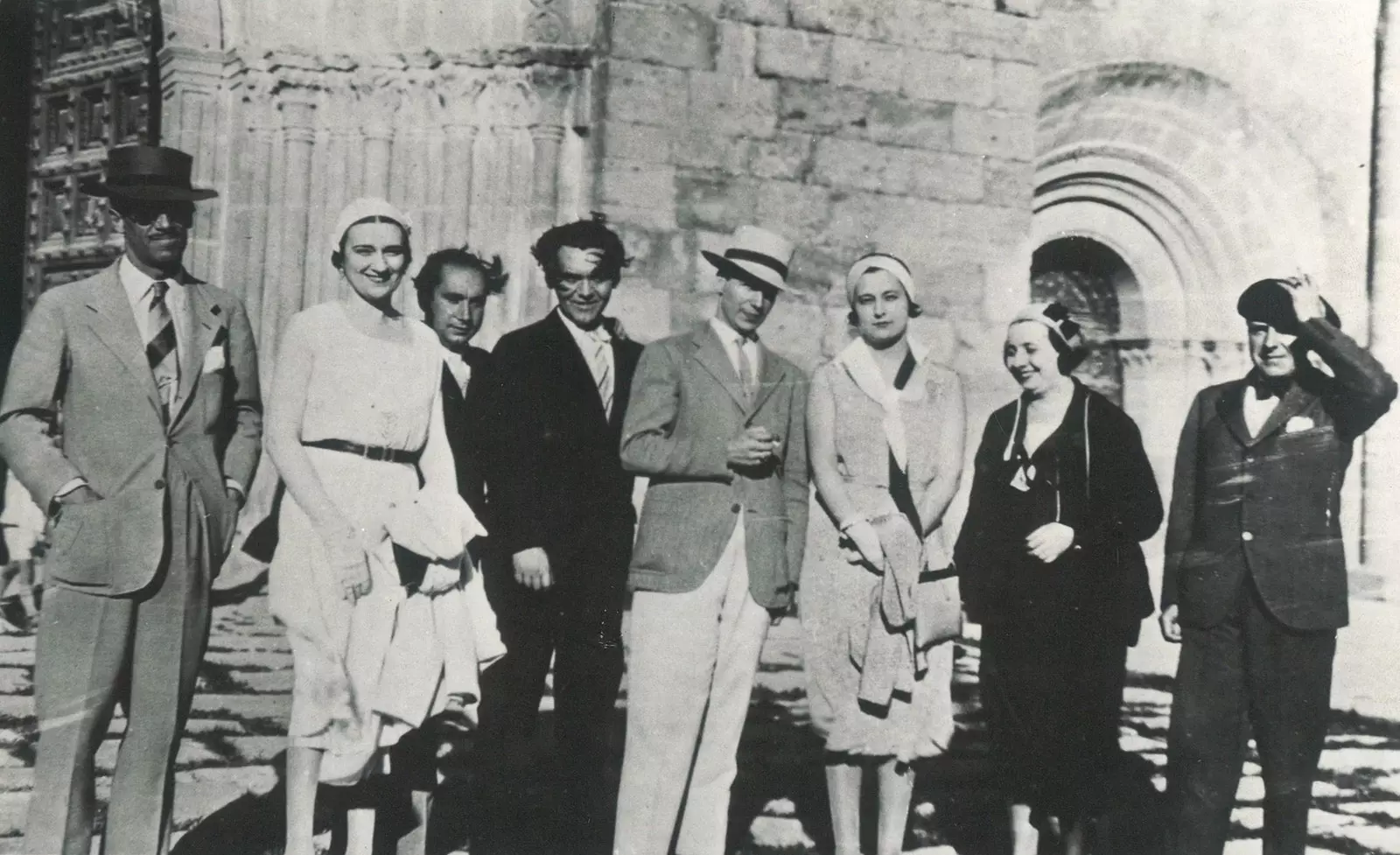
Excursion to Miralcampo, to the estate of the Counts of Romanones in Guadalajara, in 1932.
What remains of this Spain that so moved the poet? “It could be said that nothing and that, at the same time, it continues to be in a very real way. It depends on the traveler's eyes." Querol adventure.
“It is evident that the transformation of the landscape, the peasantry, the infrastructures, even the desertification and the emptying of rural Spain, progress and all its good and bad things have transformed what he described; but In essence, Lorca was more interested in the emotion that the environment could transmit and the people, the customs or the rites”.
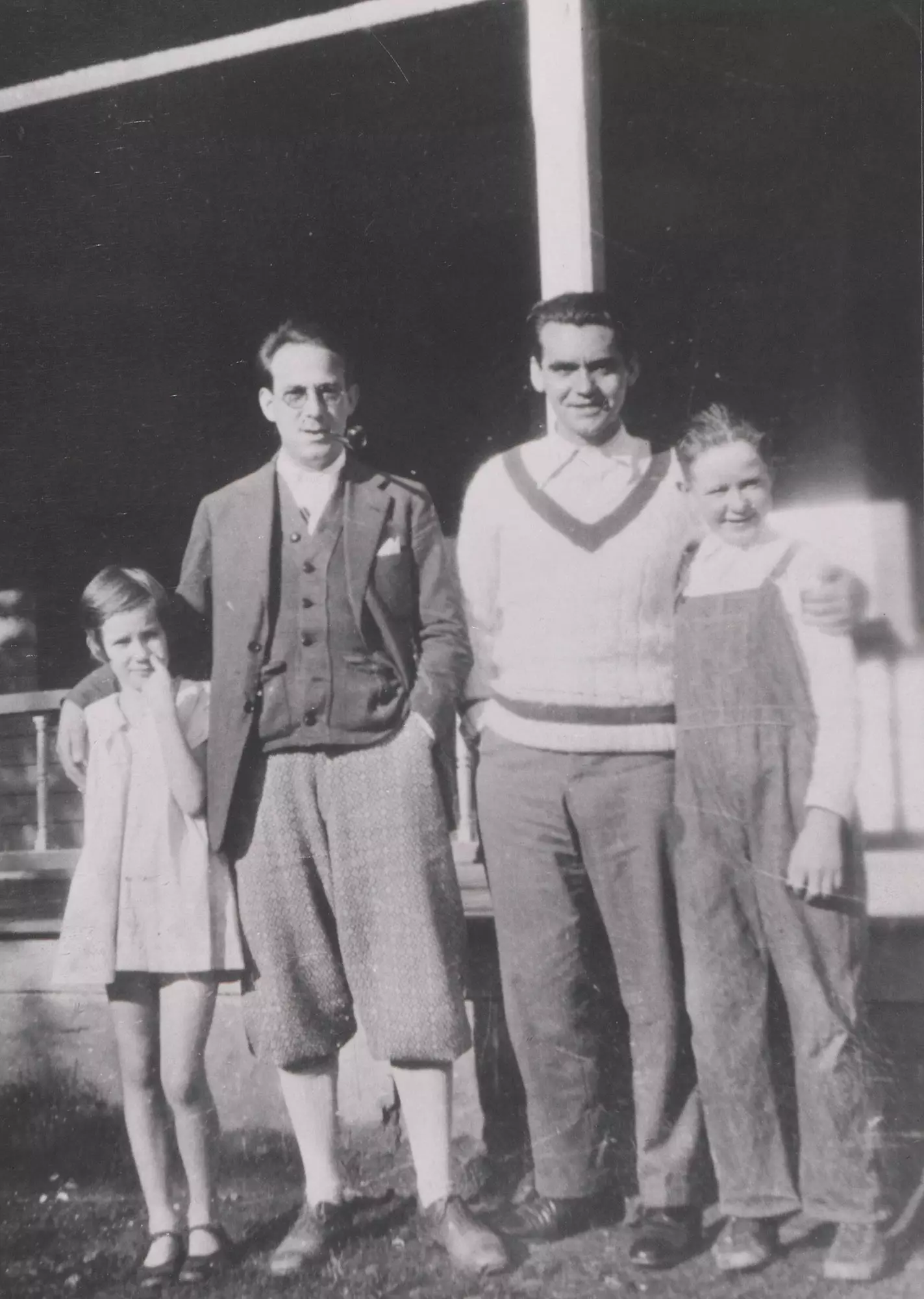
With Ángel del Río and the children Stanton and Mary Hogan, in 1929 in Sandaken, in the Catskill Mountains of New York.
The prologuists maintain that the Lorca of Impressions and landscapes is still under the double influence of the Generation of '98 and modernist symbolism, that goes hand in hand with an incipient surrealism.
“I believe that this book will interest, and much, those who want to discover an emotional and subjective image of deep Spain, not only from the beginning of the 20th century, but from permanent Spain”.
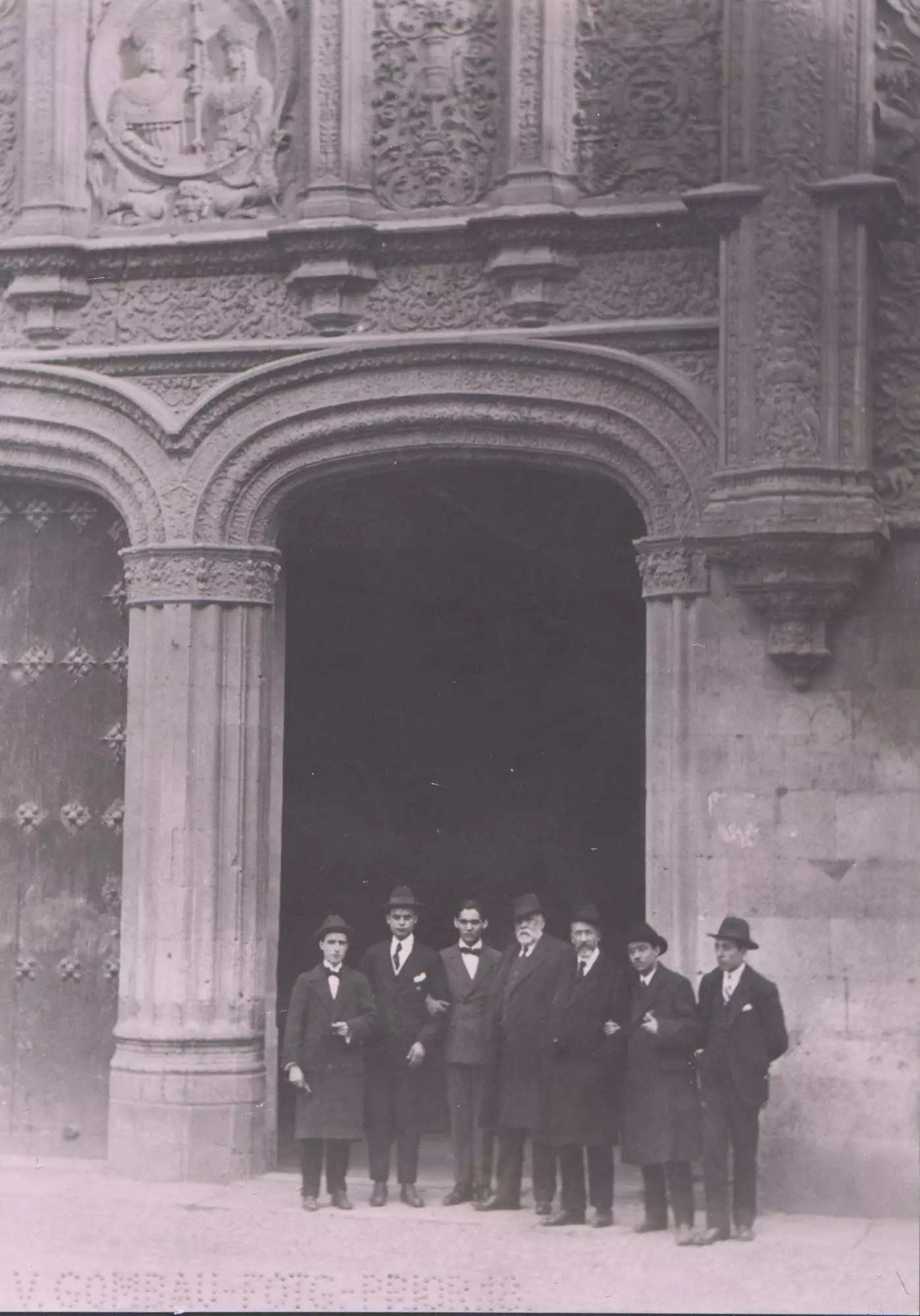
Students from the University of Granada traveling with Martín Domínguez Berrueta, in front of the University of Salamanca, in 1916.
And Querol concludes: “The emotional component of the work opens the way to reverie, consubstantial with the journey, and the doors to a different journey, in which the tourist guide is subtly replaced by the reflection of the traveler, which the reader is tempted to confront with his own. To learn, enjoy and, of course, dream”.
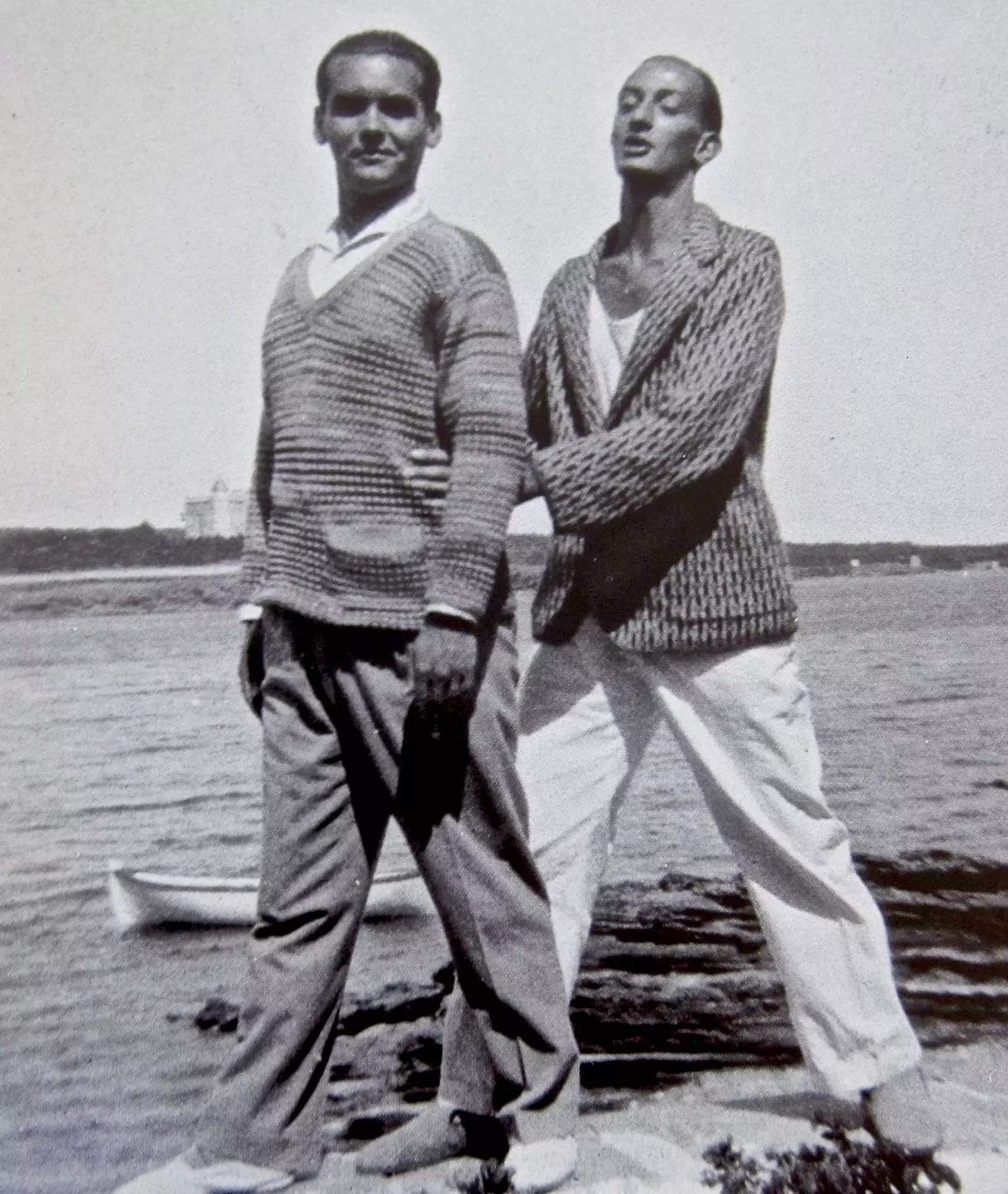
Lorca and Salvador Dalí in Cadaqués.
